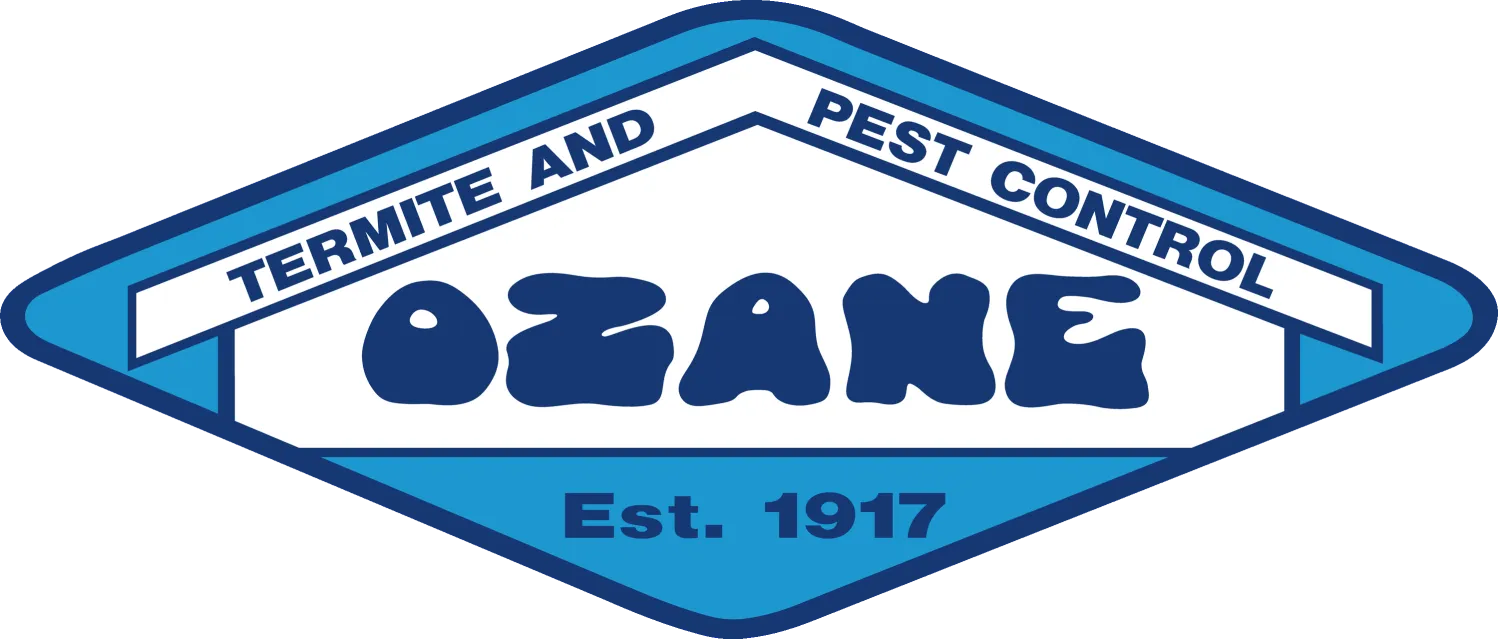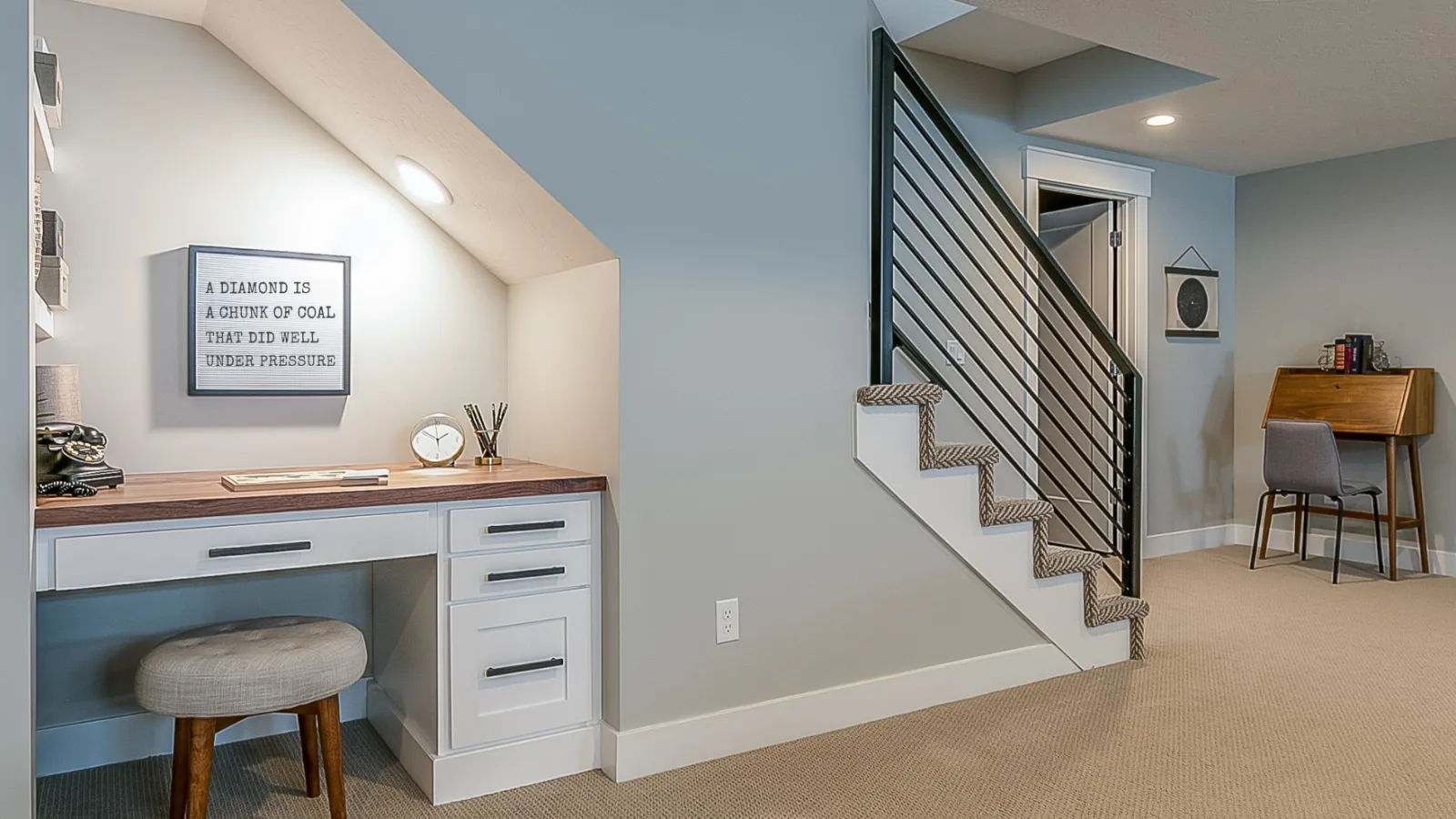
Moisture And Mold Solutions
For property owners in New Jersey
Mold Remediation Experts
Helping homeowners live more comfortably for over 100 years
Mold is a common issue in Ocean County and Monmouth County, where high humidity levels and frequent rainfall can lead to damp conditions in crawl spaces and basements. If left untreated, mold can lead to health problems such as allergies, asthma, respiratory issues, and structural damage to your home. Professional moisture and mold control ensures your home is safe, healthy, and protected from further damage.

The 'Stack Effect'
How air circulates throughout your home
Excess moisture in your home, often from damp basements or crawls paces, can lead to severe issues like mold growth, and pest infestations. The 'stack effect' plays a major role in spreading moisture throughout your home or business by pulling air from lower levels, like basements and crawl spaces, into your living areas. This means damp, contaminated air doesn't stay contained—it circulates, affecting your entire home. Some "stack effect' issues you may feel include:
- Temperature Control Issues: The stack effect can make it difficult to maintain temperatures in the building, especially during winter seasons.
- Poor Air Quality: The stack effect can cause dust and polluted air to circulate throughout a home or business, potentially triggering allergy or asthma symptoms and even leading to other serious health issues.
- Increased Humidity Levels: High humidity creates a conducive environment for mold and mildew growth on surfaces like walls, ceilings, and flooring.
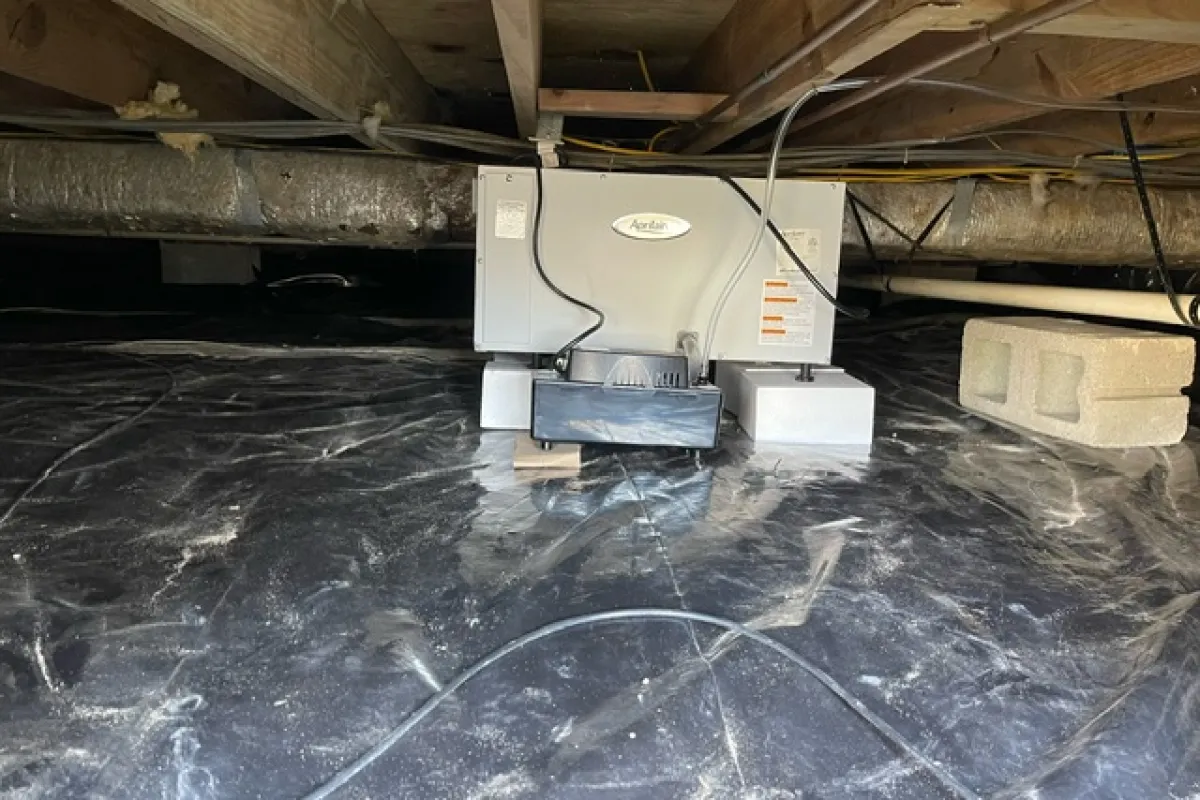
Mold Remediation Process
The process for mold remediation in crawl spaces or basements in Ocean and Monmouth County, NJ typically involves several key steps to ensure mold is effectively removed and the area is protected from future growth.
Mold remediation begins with a thorough inspection to assess the damage and identify the moisture source. The affected area is sealed off to prevent the spread of spores, and air filtration is used to clean the air. Mold is then removed, and contaminated materials are disposed of.
The area is dried, and a dehumidifier is placed to prevent future mold growth.
Common Questions About Mold
Expert answers to clear the air
What causes mold growth?
A combination of moisture, a food source, and conducive environmental conditions typically cause mold growth in homes and buildings. Here are the main factors that contribute to mold growth:
1. Moisture
- Leaky Pipes and Roofs: Water from plumbing leaks or a damaged roof creates a damp environment ideal for mold.
- Flooding: Water intrusion from floods can saturate building materials, leading to mold development if not dried quickly.
- Condensation: Warm, humid air can condense on cool surfaces like windows, walls, or pipes, creating moisture pockets.
- High Humidity: Indoor humidity levels above 55% provide a breeding ground for mold spores.
- Inadequate airflow can trap moisture in areas like bathrooms, kitchens, basements, and crawl spaces.
- Stagnant air allows moisture to linger, encouraging mold growth on walls, ceilings, and furniture.
- Materials like drywall, wood, and carpet can absorb and retain moisture, providing a perfect environment for mold spores to thrive.
- Failure to repair leaks, clean gutters, or maintain HVAC systems can create conditions for mold growth.
- Blocked drainage systems can lead to water pooling, further increasing moisture levels.
- Mold thrives in warm temperatures between 60°F and 80°F, though it can grow in colder conditions if moisture is present.
- Mold feeds on organic materials commonly found in homes, such as wood, paper, dust, and even some types of insulation.
- Improperly graded landscaping or clogged downspouts can cause water to pool near the foundation, leading to damp basements or crawl spaces.
- Even minor water damage, if left untreated, can lead to hidden mold growth behind walls, under floors, or in ceilings.
By addressing these factors and ensuring proper ventilation, moisture control, and routine maintenance, homeowners and building managers can significantly reduce the risk of mold growth.
How can I tell if I have mold in my home?
Common signs of mold indoors include a musty odor, visible mold patches, and increased allergy or respiratory symptoms.
Can I clean mold myself, or do I need professional remediation?
Small patches can sometimes be cleaned by homeowners, but larger or hidden mold issues require professional remediation to ensure the mold is fully eliminated.
Do freezing temperatures kill mold, and can winter prevent mold growth?
Freezing temperatures can slow mold growth, but it doesn't kill mold. Mold spores can survive temperatures as low as freezing (32°F or lower). While growth typically halts in these conditions, the spores remain viable and can become active again when conditions improve. Some molds can survive in environments close to 0°F but will not actively grow until they are exposed to moisture and warmth.
Everything Your Need To Know About Mold Remediation
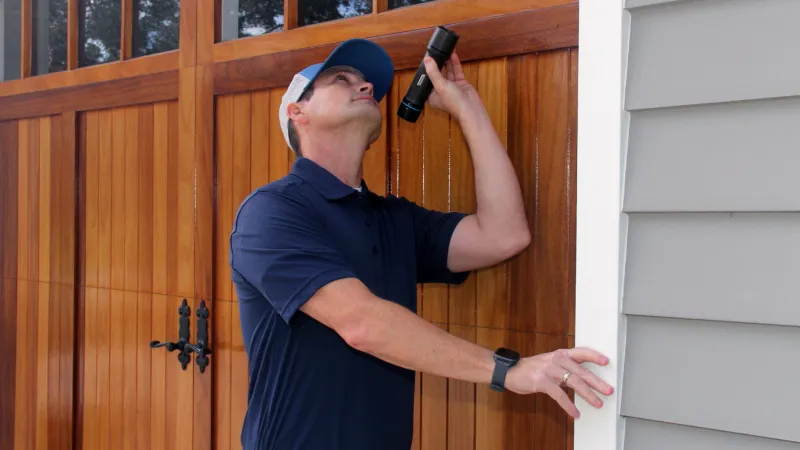
The Importance of Termite Protection in New Jersey
Termites are among the most destructive pests homeowners in Ocean County and Monmouth County, NJ, can face. These small, winged insects can cause thousands of dollars in damage...READ MORE
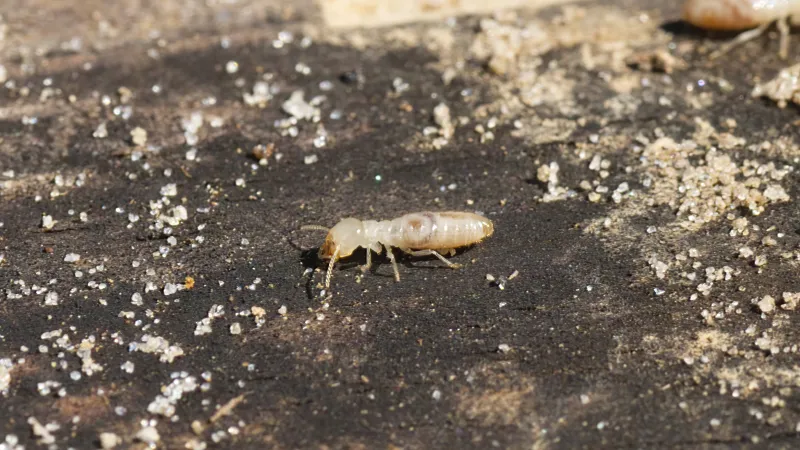
How Moisture Control Can Protect Your Home From Termites
Homeowners often overlook the risks posed by moisture, thinking it's just a cosmetic issue or a minor inconvenience. But here's the truth: excess moisture is like an open...READ MORE
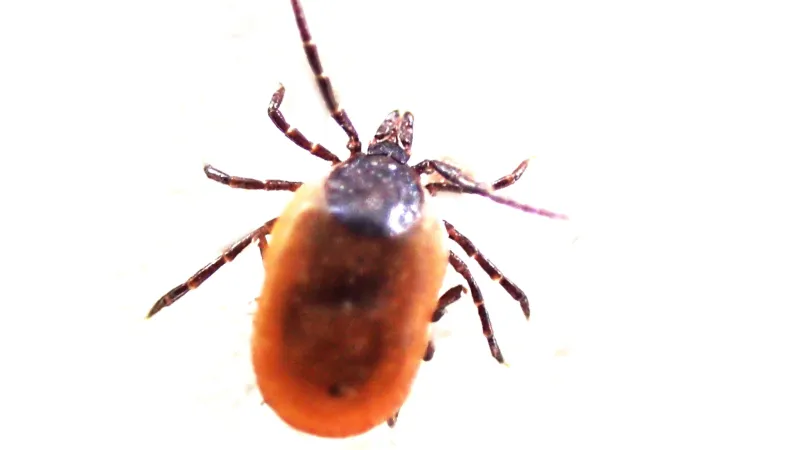
The Tick Life Cycle
Ticks have an impressive yet unsettling ability to reproduce and spread quickly across different environments. Their life cycle, which includes several stages from egg to...READ MORE
